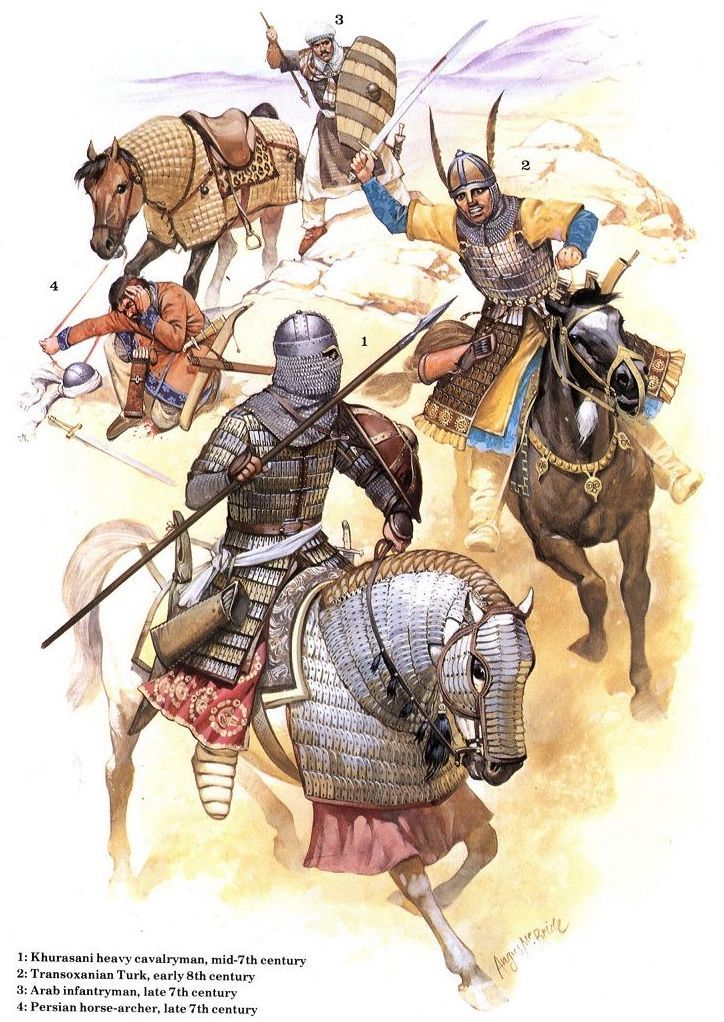
Conquest of Central Iran
Isfahan, Isfahan Province, IraUmar decided to strike the Persians immediately after their defeat at Nahavand, while he still possessed a psychological advantage. Umar had to decide which of three provinces to conquer first: Fars in the south, Azerbaijan in the north or Isfahan in the center. Umar chose Isfahan, as it was the heart of the Persian Empire and a conduit for supply and communications among the Sassanid garrisons, and its capture would isolate Fars and Azerbaijan from Khorasan, Yazdegerd's stronghold. After he had taken Fars and Isfahan, the next attacks would be simultaneously launched against Azerbaijan, the northwestern province, and Sistan, the easternmost province of the Persian Empire. The conquest of those provinces would leave Khorasan isolated and vulnerable, the last stage of the conquest of Sassanid Persia.
Preparations were complete by January 642. Umar appointed Abdullah ibn Uthman as commander of the Muslim forces for the invasion of Isfahan. From Nahavand, Nu'man ibn Muqaarin marched to Hamadan, and then proceeded 370 kilometres (230 mi) southeast to the city of Isfahan, defeating a Sasanian army there. The enemy commander, Shahrvaraz Jadhuyih, along with another Sasanian general, was killed during the battle. Nu'man, reinforced by fresh troops from Busra and Kufa under the command of Abu Musa Ashaari and Ahnaf ibn Qais, then besieged the city. The siege continued for a few months before the city surrendered.
